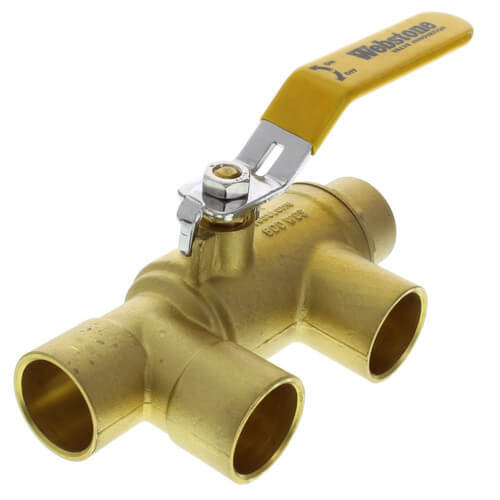I have an Burnham Alpine boiler installed in our home. As I understand it a zone should be set up to have a delta T of about 20deg to be most efficient basically.
We installed a Taco Bumblebee circulator in the main loop for the downstairs in my home. It is approx 100' of standard baseboard. With this cold wx the boiler has been running 180 deg out. The Taco pump is set up in the DT mode at a diff of 20deg. The problem is that it is running about as slow as it can at 11 watts but the DT is only around 4-6 deg. I switched it to constant flow at the higher setting and it doesn't seem to change much still no where near the 20 deg diff I wanted. I am checking the temps with a seperate meter with clamps that have the sensors built in. They both check accurate when compared to the dial temp gauge on the boiler output. One at the output at the boiler and the other at the input of the BumbleBee which feeds the return manifold.
It just seems to me after 100' of baseboard the water should have cooled a lot more than 6 deg with the pump running slow.
Tom
We installed a Taco Bumblebee circulator in the main loop for the downstairs in my home. It is approx 100' of standard baseboard. With this cold wx the boiler has been running 180 deg out. The Taco pump is set up in the DT mode at a diff of 20deg. The problem is that it is running about as slow as it can at 11 watts but the DT is only around 4-6 deg. I switched it to constant flow at the higher setting and it doesn't seem to change much still no where near the 20 deg diff I wanted. I am checking the temps with a seperate meter with clamps that have the sensors built in. They both check accurate when compared to the dial temp gauge on the boiler output. One at the output at the boiler and the other at the input of the BumbleBee which feeds the return manifold.
It just seems to me after 100' of baseboard the water should have cooled a lot more than 6 deg with the pump running slow.
Tom

